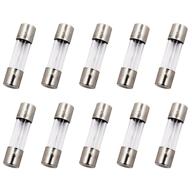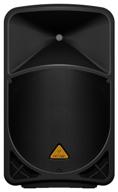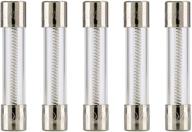
Review on 12 Pcs PT2399 Echo Delay IC Incl. 12 Pcs 16-Pin IC Sockets by Bernard Foley

Best delay/echo processors for DIY projects
I use this IC a lot for making music effects, and it is pretty easy to use.This product specifically:- Good price (I purchased for $13, but even at $18, it is still good)- The tube packaging is pretty convenient, glad it comes with IC sockets- When the ICs arrived, the pins were in good condition, not major issues.The PT2399 in general- Easy to use- The datasheet isn't the best, but the example circuits work great as is- The device provides roughly a x2 gain, keep this in mind if you intend to chain multiple in series for a longer delay- The delay rate (ie the internal clock speed) is actually current controlled (the datasheet provides delay control in resistance), you can use a current sync circuit if you would like to have the delay modulated by an LFO (instead of a potentiometer). The Thevenin equivalent model (Google it) for the delay/clock control is 3V source with a 690 ohm resistor. This will help you convert the resistance-delay table from the datasheet to current-delay table- Caution, the 2.5V internal reference varies greatly between ICs (from the same lot, the lowest was 2.2V and the highest was 3V). For the most part, this doesn't effect the performance, but DO NOT connect the reference voltage pins on multiple PT2399 together.There are a lot of possibilities with the PT2399.Suggested circuits (all use a variation of the delay circuit from the datasheet):1) Echo/delay effect (first photo). Uses two PT2399 in series. Using a potentiometer to control the delay time. Also used a controllable feedback, zero feedback results in a single delay, non-zero feedback results in multiple echos.2) Chorus effect (second photo). Using one PT2399, a current sync to control the delay of the PT2399, and an LFO to control the current sync. By modulating the amount of delay (between 40ms to 160ms), it results in a slight pitch change on the delayed signal. When mixed together with the original signal it sounds like two voices (or instruments) performing in harmony.3) Reverb (no photo, sorry). Using two PT2399 in parallel, slightly different delays, and feedback. Have the input of each PT2399 being the input signal and the output of the other PT2399; and the overall output be a mix of the input and both outputs of the PT2399 in roughly equal gain. (I would recommend using three PT2399 in parallel, but it will work great with two).
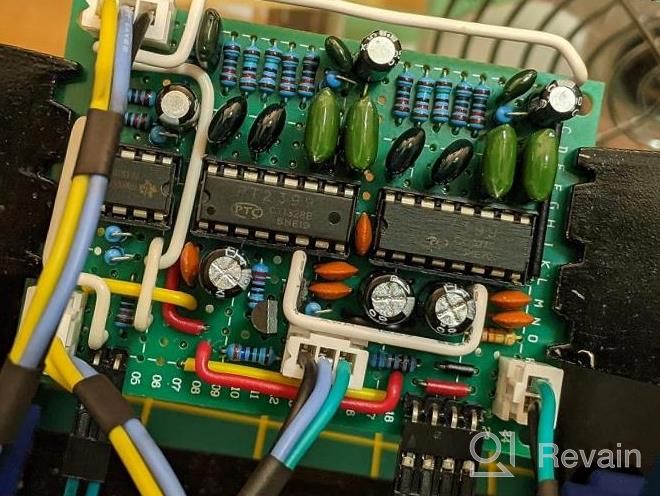
- Used 2 or 3 in builds so far, havent ran across a bad one yet. They work as intended for delay pedals.
- Limited versatility: While the 12 Pcs PT2399 Echo Delay IC may be suitable for certain electronic applications, it may not be ideal for more complex projects or those requiring precise sound manipulation
New products
Comments (0)
Top products in 🧬 Semiconductor Products
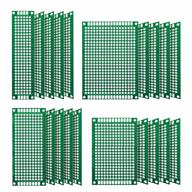
20 Pcs Double Sided PCB Board Kit For DIY Soldering Projects Compatible With Arduino Kits

12 Review
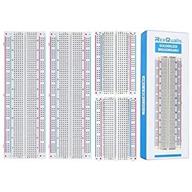
4PCS Breadboards Kit Include 2PCS 830 Point 2PCS 400 Point Solderless Breadboards For Proto Shield Distribution Connecting Blocks

14 Review
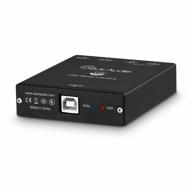
Douk Audio U2 PRO XMOS XU208 Digital Interface - USB To TOSLINK/Coaxial/Optical/HDMI IIS Adapter For DAC, Preamp & Amplifier | PCM & DSD256 Support

21 Review
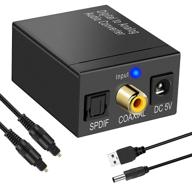
Friencity Digital To Analog Audio Converter, Optical To RCA Converter, SPDIF(Toslink) Coaxial To Stereo L/R AUX Adapter W/Optical Cable For TV Amps Blu-Ray Player PS4 Home Cinema, Plug N Play

6 Review


